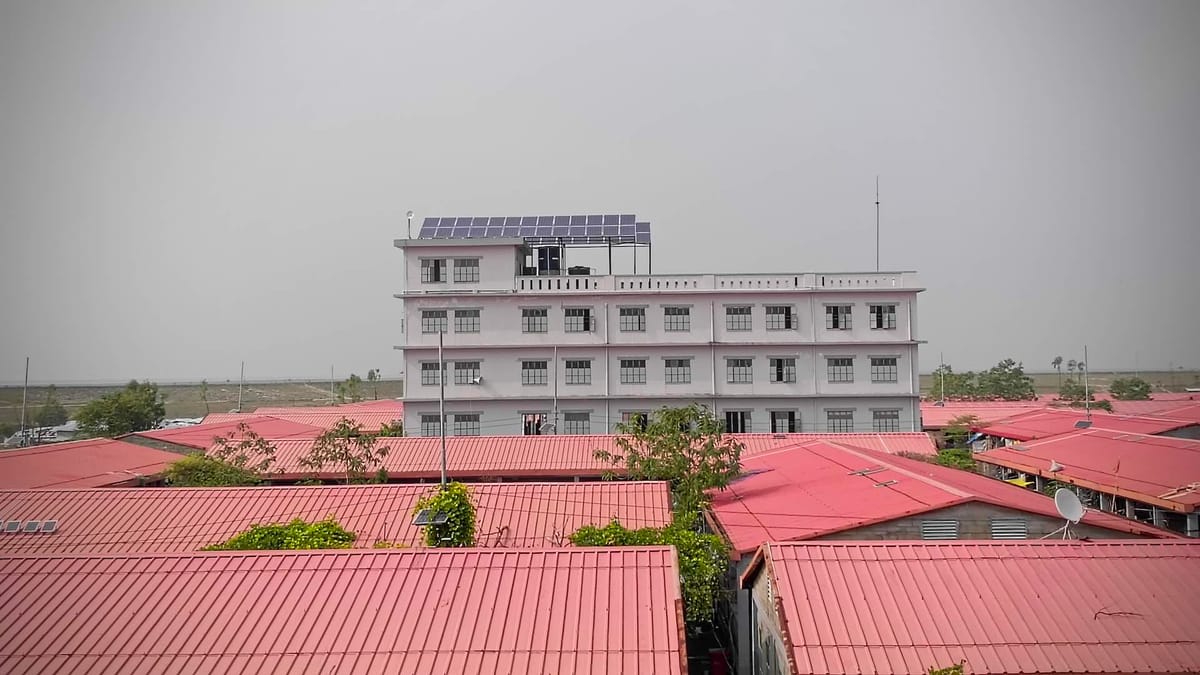Failed Architecture has published a new report by journalist and documentary filmmaker Shafiur Rahman examining Bangladesh’s purpose-built Rohingya settlement on Bhasan Char. The piece, released under the site’s Everywhere Walls, Borders, Prisons series, traces the camp’s origins and argues that the island’s neat grids of dormitory blocks constitute an architecture of segregation rather than shelter, allowing Dhaka to warehouse a “surplus” population far from view.
Rahman’s reporting mirrors earlier human rights assessments that describe Bhasan Char as “an island jail in the middle of the sea.” He contrasts the cramped barracks, shared latrines and constant security checks with an eight-crore-taka guesthouse built for VIP visitors, and notes how contracts have funnelled public money to politically connected institutions. Movement restrictions, he writes, have already pushed desperate residents to risk clandestine boat journeys to the mainland - escapes that have often proved deadly.
Since the change of government in Bangladesh, corruption allegations have hardened: media investigations report that Tk 210 billion was “embezzled” through eight projects run by the Ashrayan housing scheme, the Bangladesh Economic Zones Authority (BEZA) and the Bangladesh Export Processing Zones Authority (BEPZA), triggering a formal Anti-Corruption Commission probe into the wider Ashrayan-3/Bhasan Char portfolio.
Architects and rights groups argue that these claims bolster long-standing critiques of Bhasan Char’s procurement process, renewing calls for the interim authorities to scrutinise the role of Mukta Dinwiddie MacLaren (MDM) Architects, whose promotional materials once framed the settlement as a humanitarian “Beacon of Hope.” Whether this new financial spotlight will translate into accountability for those who designed, commissioned and profited from the island camp remains open - and, critics say, is a first test of post-Hasina governance.
Rahman's article appears amid fresh confusion over how many people are still on Bhasan Char: EU ambassador Charles Whiteley recently put the figure at about 23,000 during a diplomatic visit, while UNHCR and Bangladesh data list 36,000-plus residents . With departures apparently outpacing new relocations, and reports of families slipping away, the obvious question now is whether the government is quietly preparing to wind down the island experiment - or will it instead double down on containment as numbers continue to fall?
